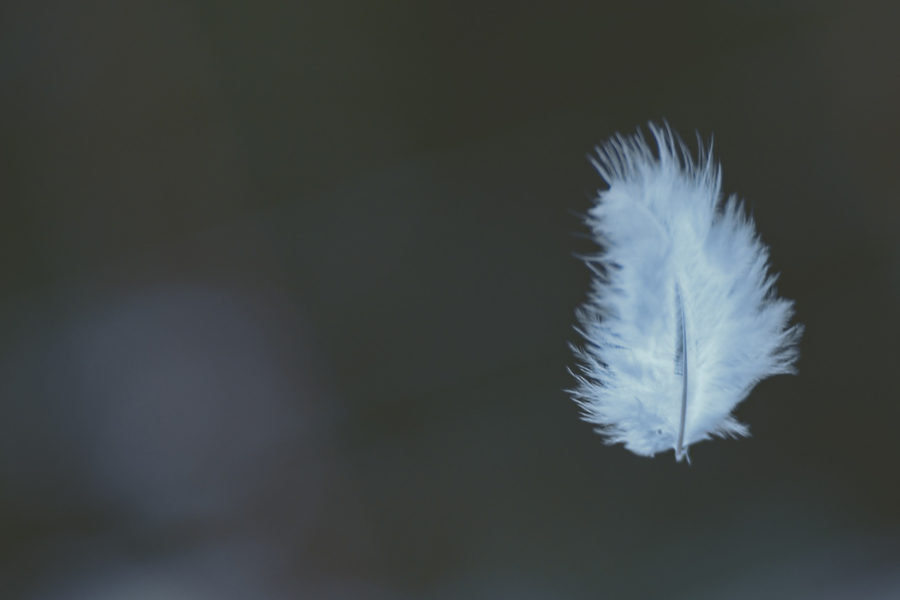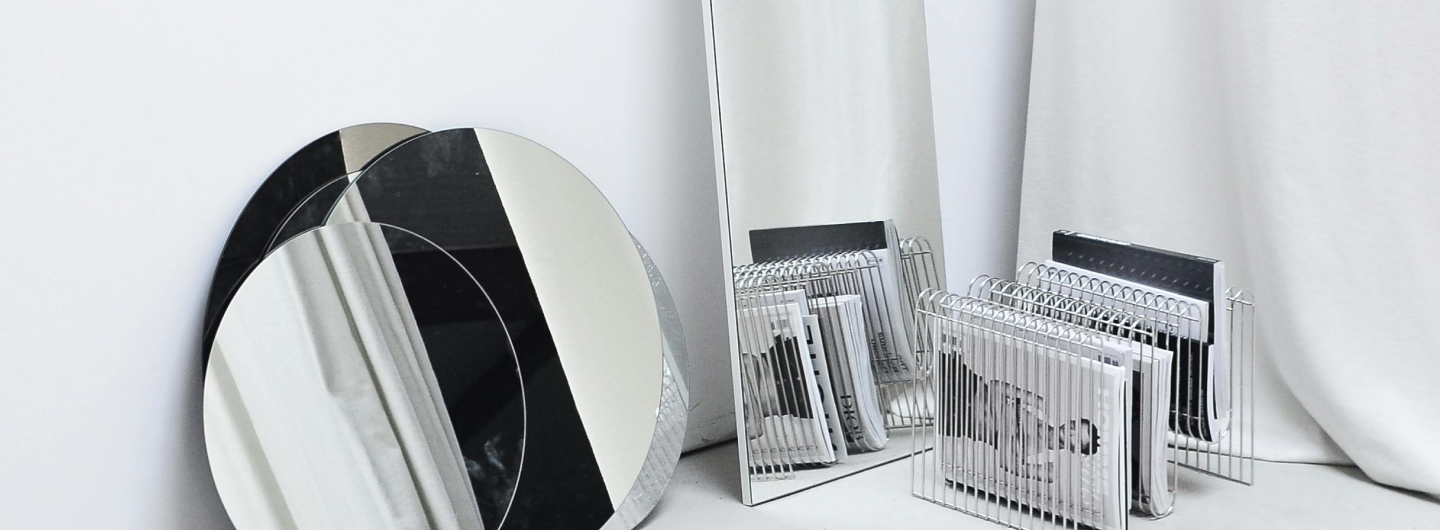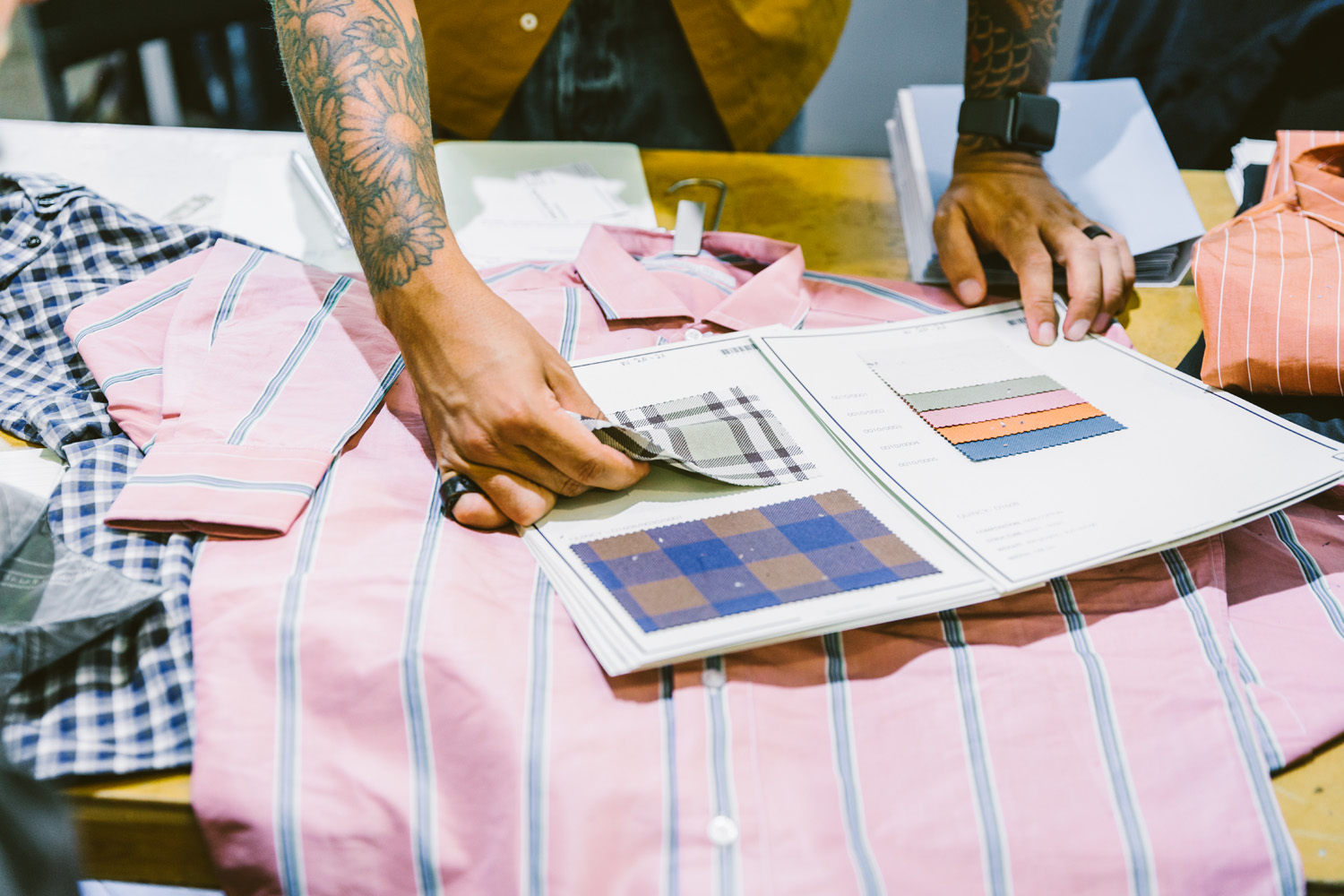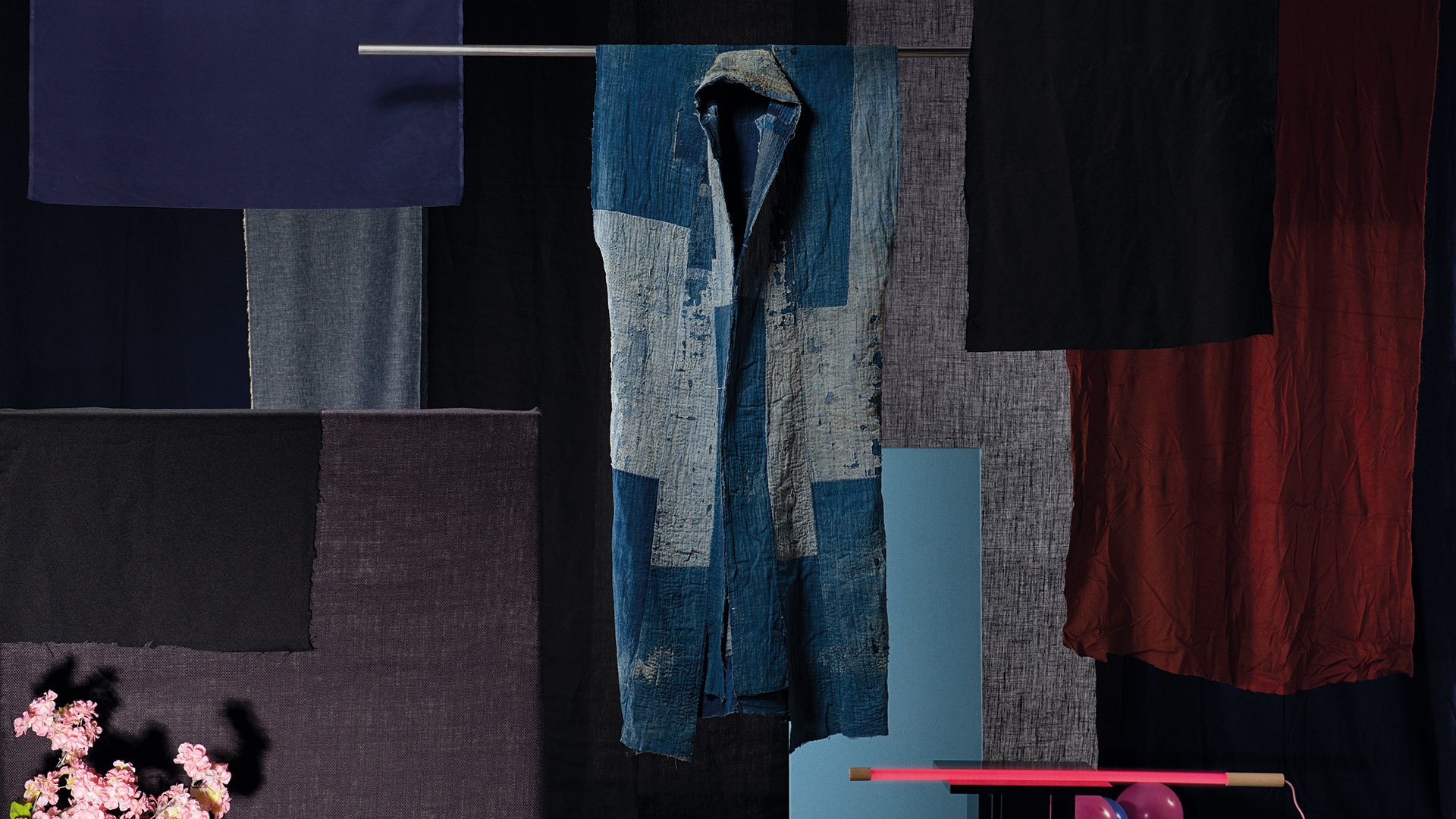
Down recycling
One of the major problems in the textile industry is the massive textile waste. Each year an estimated amount of 7.5 million tonnes textile ends up being thrown away, and this shows for Europe only. Although down and feathers account for a relatively small part of the total number, it is undeniably an extremely large amount of material that becomes waste. Down is a material with great characteristics, but is often obtained from animals forced to live in unacceptable conditions. Poor conditions and animal abuse are serious issues in the production of down. Despite EU directives intended to exterminate plucking of living animals, some parts of Europe are still difficult to control as brigades moving between different farms are operating illegally. These workers often fall under the radar which results in nearly a million geese being plucked from their down alive every year.
It is against this background that circular models become extra important. The company RE:DOWN focus entirely on circular solutions and the recycling of down and feathers that already exist. This means that they their production isn’t based on virgin raw material. The material mainly comes from companies, often connected to charity organisations, that gather textile waste and also from partnerships with hotel chains that when they renew their beddings hand in used down products.
RE:DOWN make use of the collected material to the fullest. The used down is carefully sorted by quality, determining which products the different qualities are best suitable for. With the help of advanced technology, it is possible to produce 90% recycled down and 10% feathers with the same quality as the original material. The shell fabrics, which make up for approx. 30% of the total weight, is cut down and used in non-woven insulation. Broken feathers and down fibers that no longer can be used for upholstery are grinded and pressed with the help of natural wax (pine resin) into pellets which are used for fertilization. As much as 97% of the collected material is recycled using as sustainable procedures as possible. No chemicals are used in preparation, sterilization is done by high temperatures and washing is made with thermal water that later goes through RE:DOWNs own treatment plant. The electricity used for production comes from 30% solar energy with the goal of increasing the percentage to 70% within a few years.
In conclusion, it is no secret that taking advantage of resources that already exist has major positive effects on the environment. In one of the the life cycle analyzes carried out by RE:DOWN with the focus on water, it shows that the water use is reduced by 74% in the production of recycled down compared to producing virgin down. In addition to this, it is possible to offer competitive down with a more stable prize setting not affected by things that usually influence the price, such as speculations on the quality of raw material or outbreaks of bird flu among breeders. In other words, the effects are positive more stages than just in the production.
Sources:
https://www.djurensratt.se/djurvanlig-konsumtion/dun-fjadrar
https://www.re-down.com/




